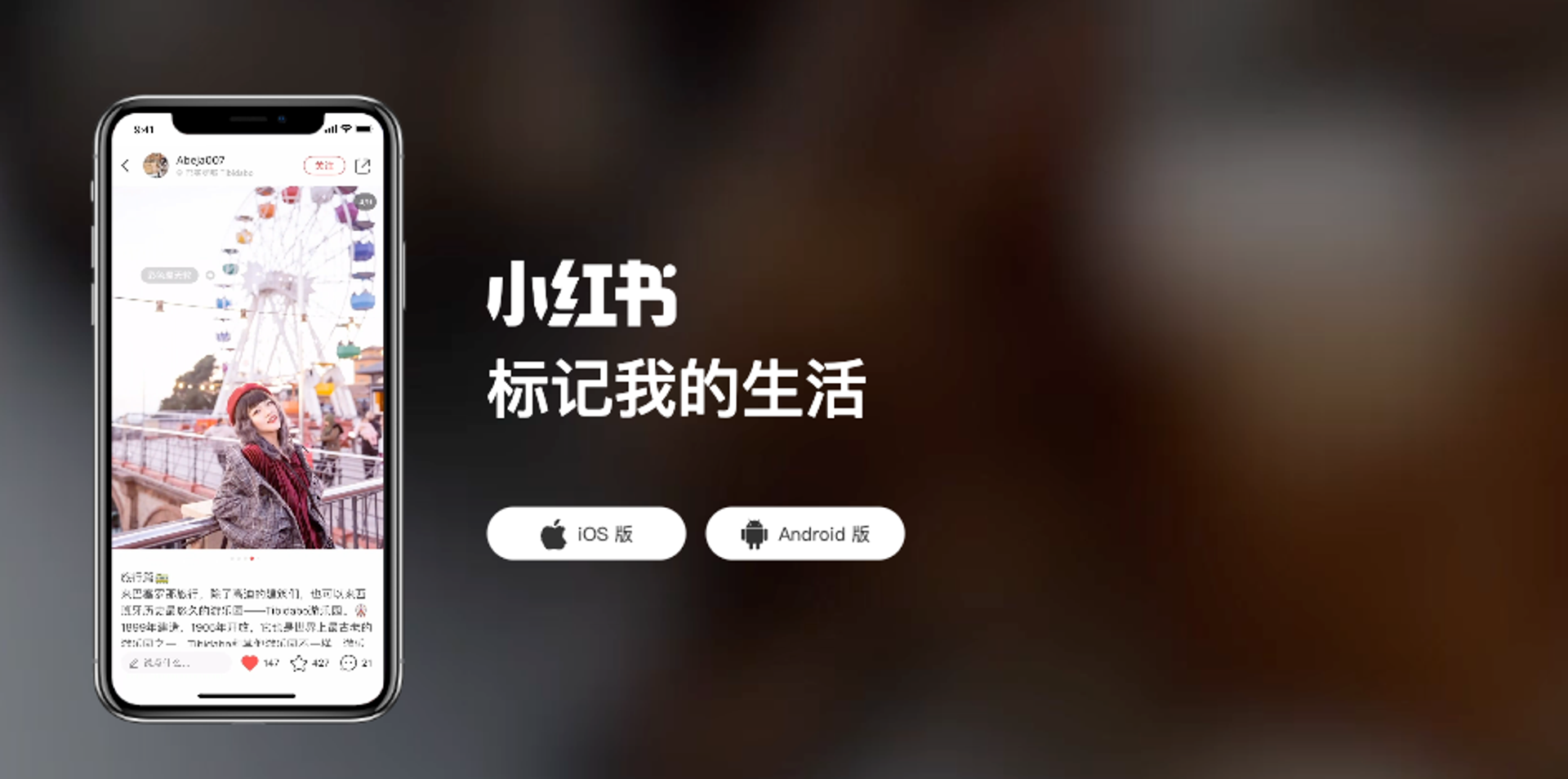The author
Krish Raghav is a writer and comic book artist in Amsterdam. He is focused on creative life in Asian cities, and writes for Chaoyang Trap.
In this article:
The micro-column

China’s most interesting social network today isn’t Weibo or WeChat, it’s Xiaohongshu.
Originally a poster child for the country’s fashion influencers, the platform (known in English as RED) began as a cross between Pinterest and Instagram, but has grown far beyond those origins. Where Weibo, often described as China’s Twitter, is a feed of what China’s population is thinking, Xiaohongshu offers a snapshot of what they’re doing.
The site’s ethos, created by a largely female user base, encourages users to offer guides, tips, warnings and curated resources, from “5 tips on how to thrive in sudden zero-COVID quarantine” to “places taking donations for post-earthquake relief.” (Xiaohongshu has also created the first decent search engine on the Chinese web in nearly a decade, while convenient e-commerce integration has made it a magnet for small businesses, designers, illustrators, and makers to find niche audiences.) Non-Chinese organizations have begun to take note: NASA has an account.
What it doesn’t have yet is politics. Weibo frequently erupts into whack-a-mole skirmishes between users trying to push through a message and censors trying to stop them, but Xiaohongshu is relatively sanitized. But as its user base grows and views diversify, the platform will have to reckon with sensitive speech and dissent. When that happens, it’s going to be an even more fascinating barometer of Chinese online life.
